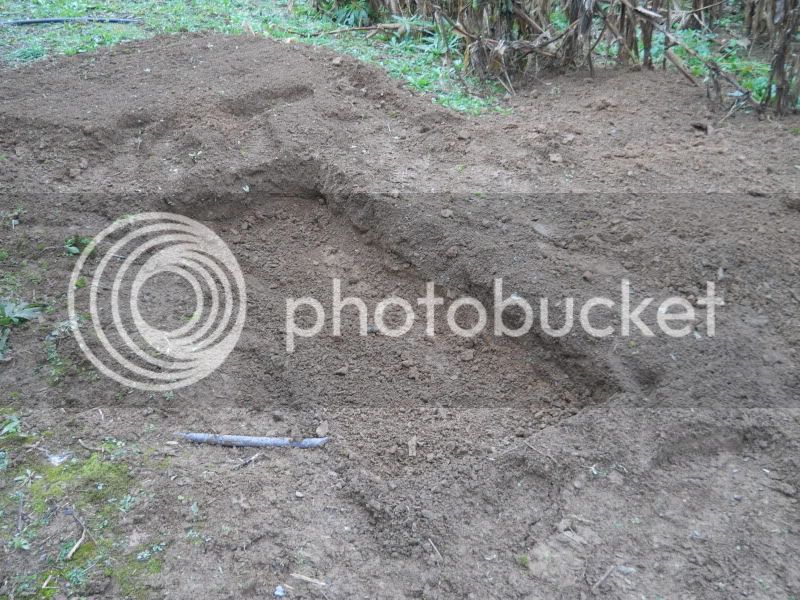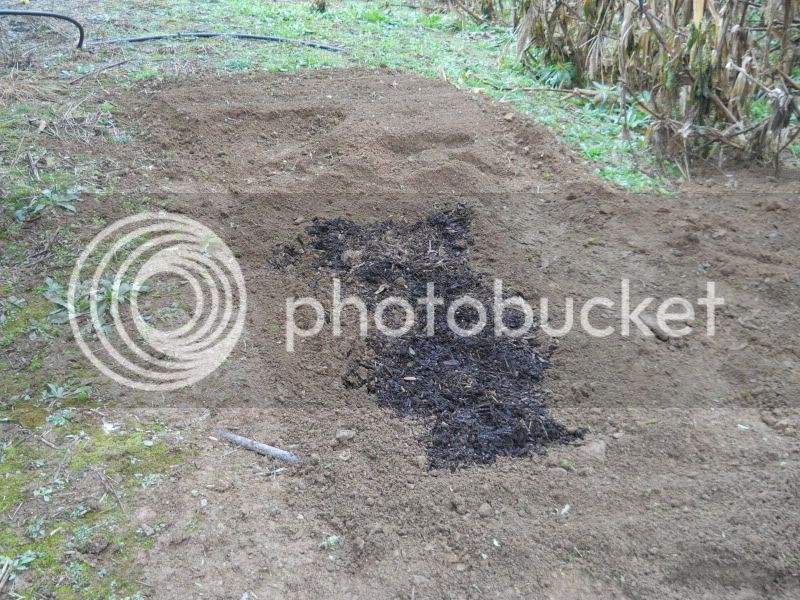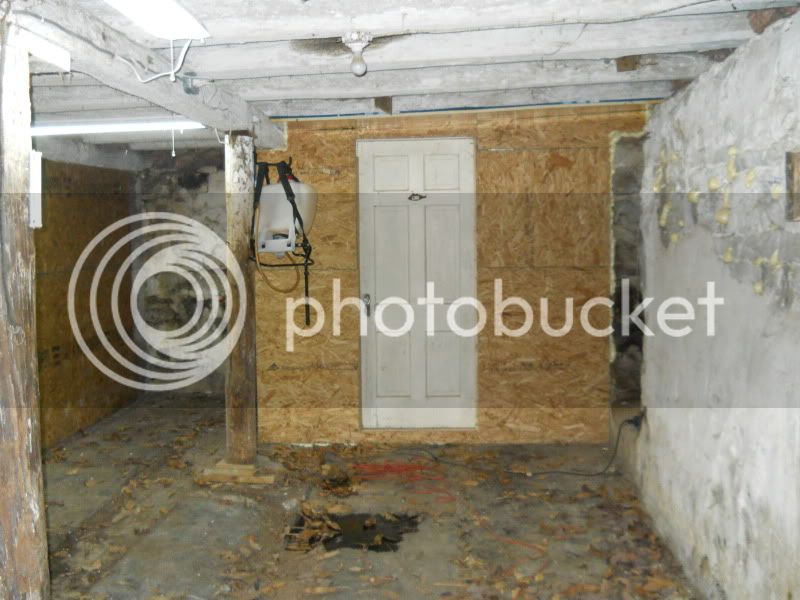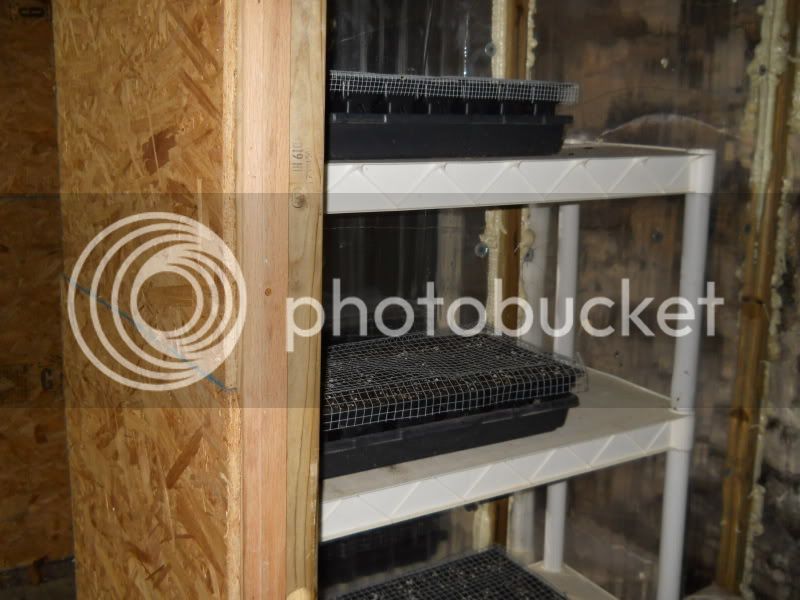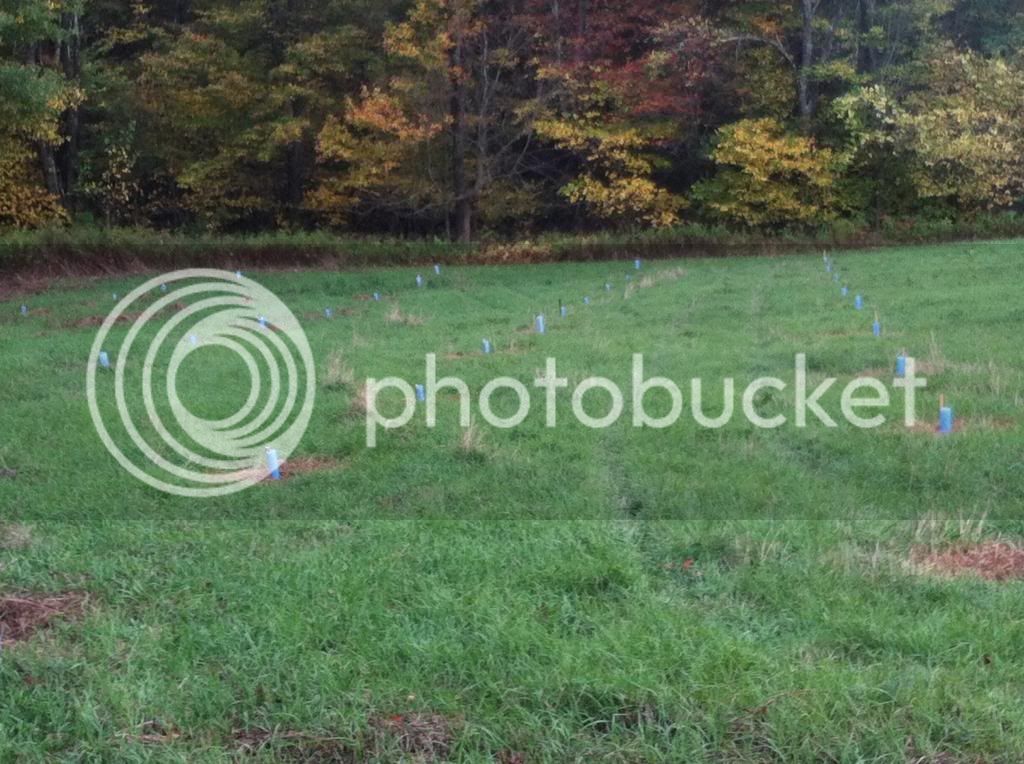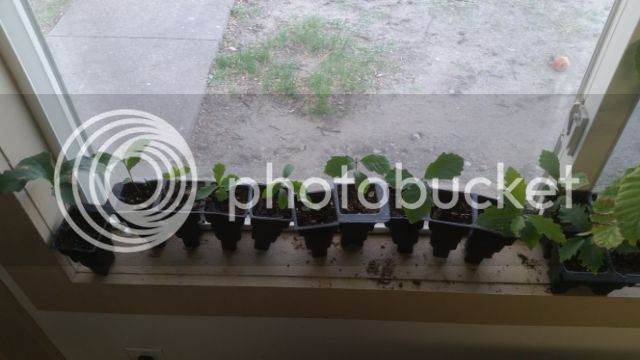Planting mix for DCOs grown in pots - what pots to use
Our experience is growing DCOs in pots (outdoors) and later planting them out in the field.
<u>Our tips for planting them in pots:</u>
- Use root control pots (we don't want to promote a product, but they produce the BEST root system)
- Do NOT use native soil in pots (this makes adobe in the summer)
- You have to have good drainage in the pots
- Buy a professional potting mix. Check if your local nursery will sell you some. When it comes to potting mix, you get what you pay for. You HAVE to get a GOOD mix. Do NOT get the cheap dark potting mix available everywhere. Do NOT get the mix that contains moisture conserving crystals.
- Do NOT use straight peat moss to grow your DCO acorns or any other plant.
What is a good potting mix?
A good potting mix is:
- fluffy
- holds moisture
- gives plant roots the perfect balance of air, moisture, nutrition, and anchor
Roots need air, as well as water, to grow!
If a potting mix is too dense or too wet:
- plant roots will be stunted or even die
A good potting mix (also called media in the trade) contains high quality ingredients such as:
- sphagnum peat moss
- aged bark
- perlite
- vermiculite
- lime
- a wetting agent (helps soil stay uniformly moist. Do NOT buy mix with moisture retaining crystals.)
A good potting mix:
- drains water in 5-10 seconds
If the soil becomes soupy, or water drips out slowly, you've chosen the wrong soil.
WE like to use the
Fafard 51 L mix which is commercially used for growing smaller nursery stock (<
http://www.fafard.com/Products/HeavyWeightMixes.aspx
Other mixes that can be used:
The
Promix bx or the
Fafard 51 will both work well. Personally, Promix bx would be my second choice. We totally understand your point of having a hard time finding professional mixes. So go for it, if this is what you can find.
FYI, Sept. 2013/ NH Mountains said in another thread: I paid anywhere from $29-32 locally per 3.8 cubic foot bale for the Promix BX.
yoderj@cox.net (from Virginia) replied: They want around $50 in my area.
Letemgrow has lots of experience growing plants, he has been very successful using
Metro Mix 852 (great, well drained mix)
We realize that it's VERY difficult to get professional potting mixes in a retail store, so the following might be another option:
Another mix that might also work for DCOs is the
FaFard 3 B.
Just keep an eye on watering. When you water it will be visual only, that means, when one of your planting containers is dry, the one next to it may or may not be dry. So you'll have to decide by looking at each pot if watering is necessary.
If you’re using a
potting media with a high sphagnum peat moss content and think about increasing its aeration and drainage, then we recommend you to amend it with aged pine bark (not pine bark mulch sold at home improvement stores). (IF you want to mimic Fafard 51, then the % of aged pine bark should be 65%).
Watering the professional potting mix Fafard 52
If Fafard 52 is the only professional potting mix you can get, then GET IT. It's a good mix.
However, this potting mix has to be watered a little less since it contains more peat and less bark than the Fafard 51 and therefore has less drainage. It will stay wet longer. When you water this potting mix, it will turn darker, so don't water it when it still has a dark color.
What is proper watering?
Properly watering plants in containers means adding enough water so the water runs out of the bottom of the pot. Following this method prevents a salt build up in the media which will eventually result in plant death (browning of leaves is a sign of salt build up). It is important to let the media dry out before watering again.
Do NOT use water from a water softener or distilled water!!!!! Collect rain water, if you don't want to use your regular tap water.

